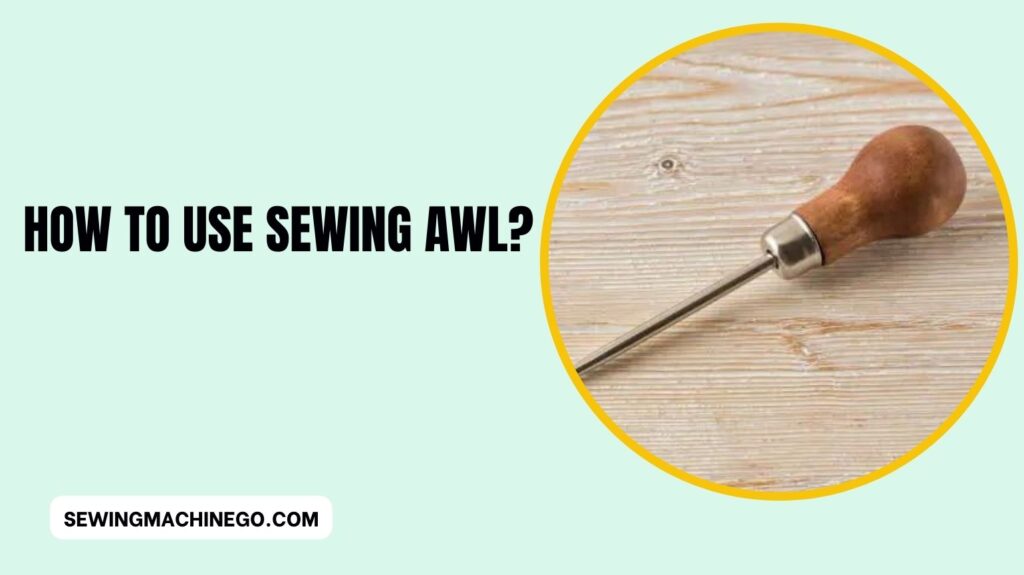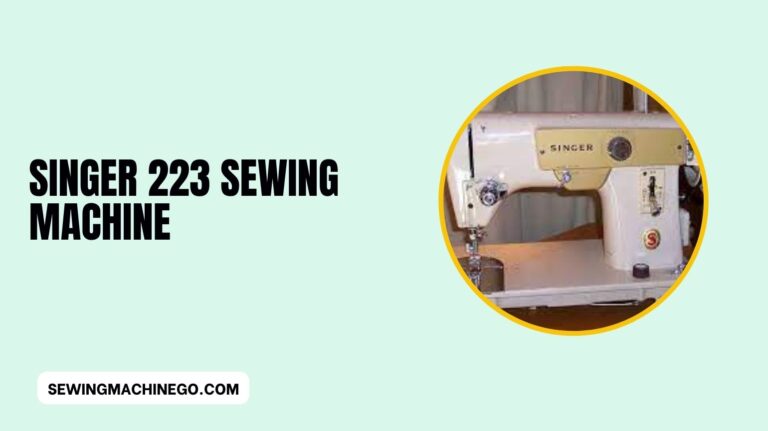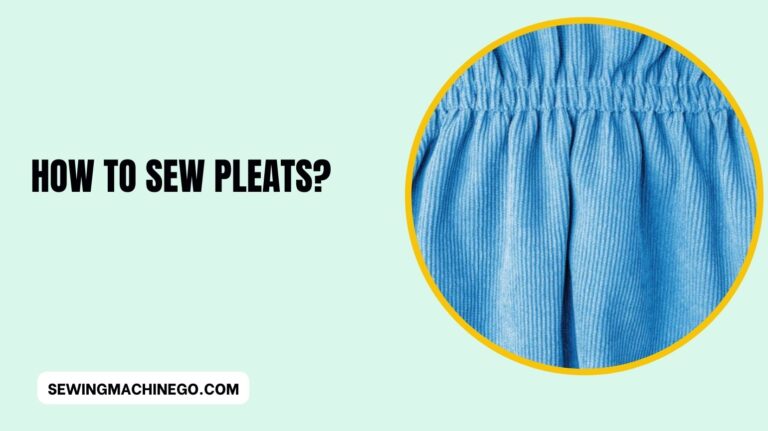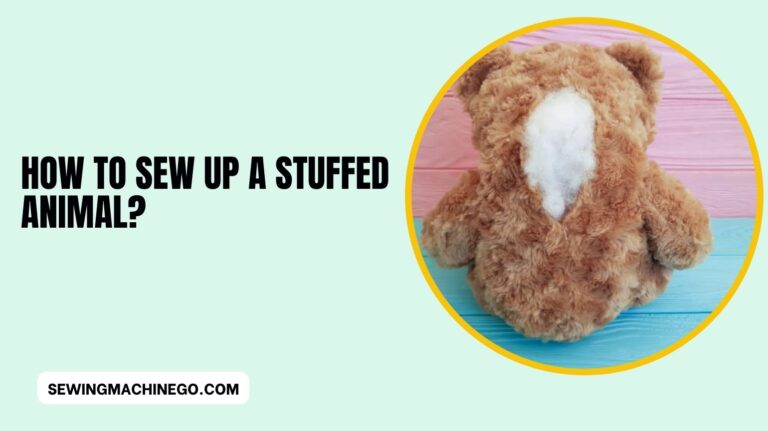How to Use Sewing AWL? (Step by Step Guide) Of 2023
Sewing is an art that allows you to mend and create beautiful fabric creations. How to Use Sewing AWL? To achieve precision and finesse in your sewing projects, you need the right tools.
One such tool that can be incredibly handy is the sewing awl. In this article, we will explore what a sewing awl is and provide you with a step-by-step guide on how to use it effectively.

What is a Sewing Awl?
A sewing awl is a specialized hand tool designed for creating holes in various fabrics, leather, and other materials. It is a versatile instrument with a pointed tip and a comfortable handle.
The awl’s primary purpose is to pierce holes and guide threads through, making it indispensable for various sewing applications.
Why Use a Sewing Awl?
Sewing awls are valuable for several reasons. They provide precision and control when creating holes in the fabric, allowing you to make intricate designs or repair delicate materials without compromising their integrity.
Essential Supplies
Before you start using a sewing awl, you’ll need a few supplies:
- Sewing awl
- Appropriate thread or cord
- Fabric or material you want to work with
- Ruler or measuring tape (for accurate spacing)
- Thimble (optional but recommended for added safety)
Preparing Your Sewing Awl
To get started, ensure that your sewing awl is clean and in good condition. The point should be sharp, and the handle should fit comfortably in your hand.
Threading the Awl
Threading your sewing awl is a straightforward process. Pass the thread through the eyelet at the tip of the awl, leaving a tail long enough for your project. Ensure the thread is secure to prevent it from coming loose during use.
Creating Holes in Fabric
To create holes in your fabric, place it on a flat and stable surface. Use your awl to apply even pressure, pushing it through the material. Be cautious not to exert too much force, as it may damage the fabric or create uneven holes.
Repairing Torn Fabric
A sewing awl is excellent for repairing torn fabric. By stitching the torn edges together using the awl, you can mend your garments with durability and precision.
Adding Decorative Elements
Sewing awls can also be used to add decorative elements to your projects, such as eyelets, studs, or other embellishments. The possibilities are endless, and your creativity can shine through with this tool.
Maintenance and Care
Proper maintenance of your sewing awl is essential to ensure it remains in good working condition. Regularly clean the awl’s point and handle, and store it in a safe place to prevent damage or injury.
Safety Tips
When using a sewing awl, always prioritize safety. Use a thimble to protect your fingers and work in a well-lit and organized space to minimize the risk of accidents.
Project Ideas
Explore various projects where a sewing awl can be a game-changer. From repairing outdoor gear to creating unique leather accessories, this tool opens up a world of creative possibilities.
Advantages of Using a Sewing Awl
Using a sewing awl provides precise control and versatility, making it an essential tool for sewers and craft enthusiasts. Its ability to handle a wide range of materials and tasks sets it apart from traditional sewing methods.
Common Mistakes to Avoid
Avoid common pitfalls when using a sewing awl. These include using excessive force, not maintaining your awl, and working on an unstable surface.
Troubleshooting
If you encounter issues while using your sewing awl, consult this section for solutions to common problems and challenges. While using a sewing awl, you may encounter some common issues.
Here’s a list of troubleshooting tips to help you overcome these challenges:
- Thread Keeps Breaking:
- Ensure that you are using the appropriate thread for your sewing awl. Thicker materials may require stronger threads.
- Check the tension of the thread. Too much tension can cause it to break. Adjust it as needed.
- Examine the condition of your sewing awl’s point. A dull or damaged point can fray the thread. Sharpen or replace it if necessary.
- Inconsistent Hole Size:
- Apply consistent pressure when pushing the awl through the fabric. Inconsistent pressure can result in holes of varying sizes.
- Use a ruler or measuring tape to maintain even spacing between holes.
- Difficulty Pushing Through Thick Materials:
- For thicker materials like leather, apply steady and firm pressure. You may also use an awl with a sharper point designed for heavier fabrics.
- Awl Tip Gets Stuck in the Fabric:
- Be cautious when pushing the awl through the material. If it gets stuck, gently reverse the action and try again. Avoid excessive force to prevent damage.
- Uneven Stitching:
- Ensure the holes are evenly spaced and aligned. Inconsistent hole placement can result in uneven stitching.
- Practice your stitching technique to maintain a straight and consistent stitch pattern.
- Difficulty Threading the Awl:
- Ensure the eyelet at the tip of the awl is clear and unobstructed. Remove any debris or thread remnants.
- Make sure the thread you are using is suitable for the size of the eyelet. Thicker threads may not pass through a narrow eyelet.
- Awl Point Breaks or Dulls Quickly:
- Avoid using excessive force when pushing the awl through the fabric, as this can damage the point.
- Regularly inspect and sharpen the point of your sewing awl to maintain its effectiveness.
- Uneven Stitch Tension:
- Pay attention to the tension of the thread as you sew. Consistent tension is essential for even stitching. Adjust as needed while working.
People also ask – How to Use Sewing AWL?
How do you use awl?
To use an awl:
Prepare the Awl: Ensure your sewing awl is clean and in good condition.
Thread the Awl: Pass the thread through the eyelet at the tip of the awl, leaving a tail.
Position the Fabric: Place the fabric on a flat surface.
Create Holes: Use the awl to push through the fabric, applying even pressure.
Stitch or Repair: Stitch or mend as needed.
Maintain and Store: Keep the awl clean and store it safely when not in use.
What is the thread that’s in a sewing awl?
The thread used in a sewing awl is typically a strong and durable material such as waxed thread or nylon cord.
The choice of thread depends on the specific project and the material you are working with.
Can you use an awl for fabric?
Yes, you can use an awl for fabric. A sewing awl is a versatile tool that can create holes in the fabric for various sewing and mending purposes, making it a valuable addition to any sewing kit.
What does a tailors awl do?
A tailor’s awl is a specialized tool used in tailoring and sewing to make small holes, mark fabric, or help guide threads.
Tailors use it for various tasks such as creating holes for buttons, marking fabric for alterations, and other precision work in clothing construction and repair.
It provides control and precision in handling fabric, making it an essential tool for tailors and seamstresses.
Conclusion
In conclusion, the sewing awl is a versatile and indispensable tool for anyone looking to enhance their sewing and crafting skills.
Whether you’re mending torn fabric, adding decorative elements, or working on creative projects, a sewing awl will become your trusted companion.

Hi, I am Alice, and I am your perfect guide to the world of sewing machines. With over 10 years of experience in the sewing industry, I am passionate about sharing my knowledge and expertise to help you make the most of your sewing journey. about me






